Episode 29: 3 Negative Thoughts Riders Often Have Toward Horses
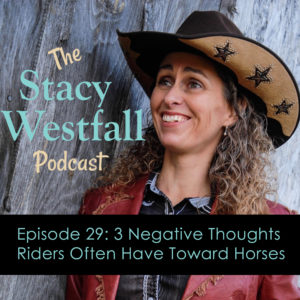
Subscribe and never miss an episode! (I listen in the barn and when I’m out driving)
Subscribe For Free!
How do you treat your horse when he makes a mistake? In this episode, I’m going to share three common ways I see riders react to their horse making a mistake and why that matters.
I’m going to talk about the rider not actually recognizing a mistake because of their own lack of clarity. How some riders view their horse through rose colored glasses and incapable of making a mistake, and the harsher view of not letting the horse win.
I tie everything back to a previous episode where I talk about how riders can make mistakes in the right direction, and this episode that explains why better clarity creates better communication with your horse.
“If the clarity of what you actually want hasn't been conveyed to the horse, they are stuck in a guessing game.” Stacy Westfall Click To TweetShow Notes:
[01:47] It’s common for riders to not have clarity or not understand what they want. Although, they do have some clarity on what they don’t want.
[01:59] An example of this would be, “I don’t want my horse to move when I’m saddling him.” The reverse of this would be, “I want my horse to stand still when I’m saddling him.”
[02:13] Having clarity of thought will get you closer to what you want.
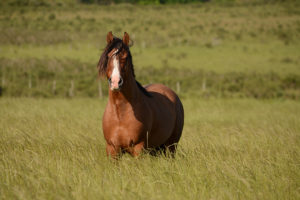
[02:28] When you think about what you don’t want your horse to do, you have a tendency to make corrections from a view of what the horse did wrong.
[03:02] If the clarity of what you actually want hasn’t been conveyed to the horse, they are stuck in a guessing game.
[03:58] If we think the horse doesn’t make mistakes, then the rider will have a tendency to make excuses for the horse.
[05:31] Sometimes riders will have the attitude of they can’t let the horse win or I can’t let him do it wrong or he’ll learn to cheat.

[06:15] Riders with this attitude can have a tendency to use extreme pressure which will block the conversation between the horse and the rider. This becomes a very win or lose situation.
[07:13] When we’re having conversations with horses, it’s mostly physical.
[08:07] I can make mistakes in the right direction, because I have a very clear end goal.
[09:16] Horses can make mistakes that are unintentional. I still label it a mistake on the horses part and take action to correct it.

[10:36] As a leader, I have a plan, and I’m willing to execute that plan. I’m also looking to reward as many small movements along the way as I can.
[11:45] You need to know where your operating from when you’re handling your horse.
[11:59] Recognize the thoughts that you have that drive your actions.
“When we're having conversations with horses, it's mostly physical.” Stacy Westfall Click To TweetLinks and Resources:
SUBSCRIBE TO THE PODCAST HERE:
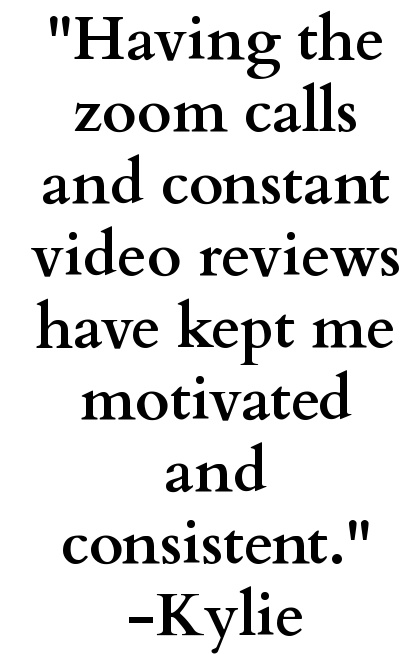
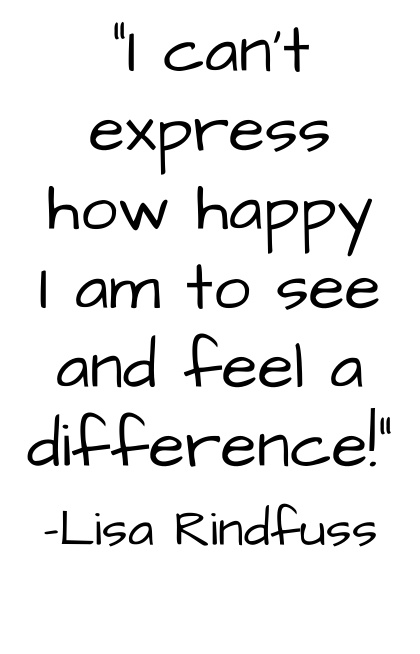
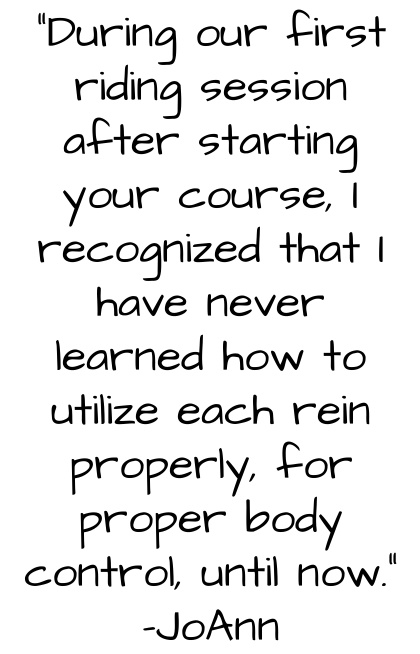
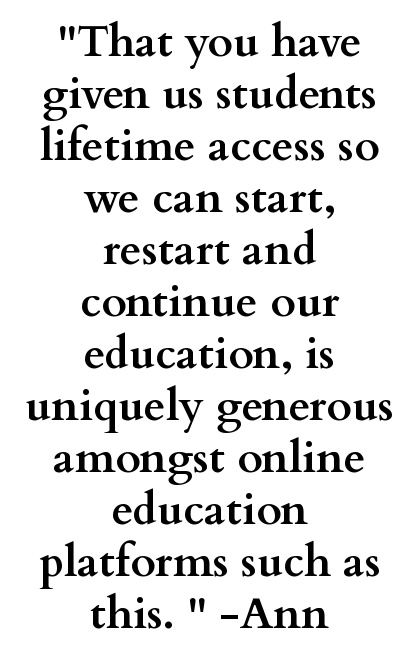
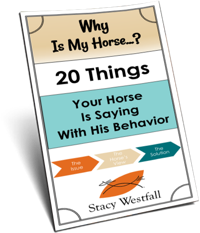
YOURS FREE
WHY IS MY HORSE...?




